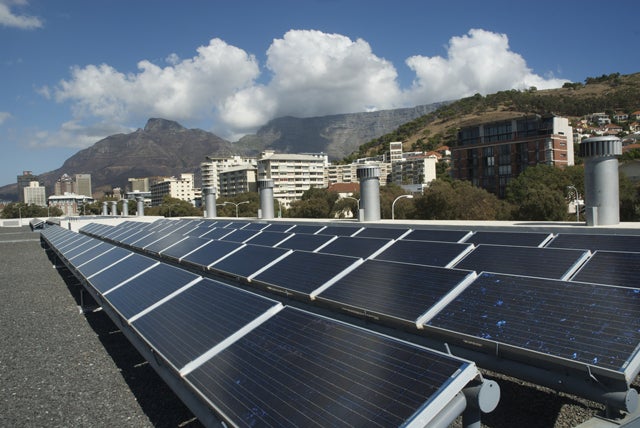A map recently released by the Solar Foundation highlights the industry’s claim that 119,000 Americans are now employed in the solar industry. Its authors exclaim, “The United States solar industry employs more workers than coal mining.” What the map doesn’t touch on is whether solar energy is the most economical energy source.
Solar advocates certainly think solar is economically beneficial. The average salary for a solar panel installer is “between $30,000 and $40,000 per year” according to the Bureau of Labor Statistics (BLS). The average salary for those in coal mining is $53,000 annually.
Yet when we look at the productivity of solar energy, it suggests that solar workers are going to have a hard time keeping pace with their counterparts in the coal industry.
In 2011, the United States produced 1,094,300,000 tons of coal. Coal’s energy content is measured by British thermal units (BTUs). At coal’s production rate of about 19,583,000 BTU per ton, it provided over 21 quadrillion BTUs of energy to the U.S. in 2011. In contrast, solar energy provided a mere 158 trillion BTUs.
In other words, solar power provided 0.07 percent of the energy that coal provided—not quite a full percentage point. That is in spite of the fact that the industry employs more people than the coal industry—which provided 87,500 jobs as of May 2012 according to the BLS.
Some simple math suggests that each worker in the solar industry produces about one half of one percent as much energy as the average coal miner. If workers were paid according to BTU output, solar workers would be making less than $300 annually proportionate to coal miners. Alternatively, it would require 21.4 million people in the solar industry to do the job that 87,500 coal miners are doing at present.
Considering the inefficiency of solar energy and the cost of creating jobs in the solar industry, it seems like a wasteful use of tax dollars to keep subsidizing solar to the tune of billions of dollars every year. It was recently estimated by Congressional Budget Office senior advisor Terry Dinan that $7.3 billion in energy tax subsidies would go towards renewable energy in 2013, with another $4.8 billion for energy efficiency.
President Obama has urged that subsidies for traditional fossil fuels be reduced or eliminated. That is a worthy goal, but to transfer that government support to the solar industry makes no sense at all. It is an inefficient boondoggle, and any jobs the industry “creates” are incredibly less productive than jobs in the fossil fuel industry.
Disinterested observers cannot share the Solar Foundation’s joy over an industry that has less than one percent the productivity of the industry it would replace. The solar industry offers more work for a lot less output.
Rudy Takala is currently a member of the Young Leaders Program at The Heritage Foundation. For more information on interning at Heritage, please click here.
